Laundry list of problems beset Hanoi’s developers

The litany of problems, from land clearance to lack of capital, has caused a huge bottleneck to projects in the capital
Photo: Duc Thanh
5, 10 or even 20 years’ delay
Do Quan, general director of the TSQ real estate company, said that ten years ago he flew to Vietnam from Poland and submitted a project named the Millennium Tower located in the former Ha Tay province, which was merged with Hanoi in 2008.
“I was so excited back then when I had the opportunity to contribute a landmark construction to my home land,” Quan said.
He wanted to invest $50 million to develop a complex of trading, services and high-end apartments. It was started in July 2008 and was expected to be completed by 2010. However, to this day, the site remains in a derelict area overgrown with weeds.
Quan said his project had not been realised because of complicated procedures. “The dossiers for this project are still at the Hanoi Architect and Zoning Department awaiting approval,” Quan said.
The main obstacle for Quan was that after Ha Tay merged into Hanoi, all projects in the former province were up for inspection and review.
“All of our work was halted and the projects lost their momentum. Nevertheless, I still hope that we can have this project approved in order to start construction this year,” Quan said.
Meanwhile, the second project developed by TSQ, the European Overseas Vietnamese Village was completed and put into operation, but the lack of infrastructure in the local area is hindering the project.
“We are now faced with problems which no one foresaw, such as waste and drainage systems, television cables and internet lines,” Quan said.
Le Cong Quy, general director of VIT Tien Phong – a developer for the Tien Phong Eco-urban project located in Me Linh town on the outskirts of Hanoi – complained that his project could not be implemented over the last 10 years, due to a lack of access to the project’s site.
Tien Phong Eco-urban project was approved in 2007, but in 2008, Me Linh was merged into Hanoi, and it was delayed pending zoning details which have yet to be released.
“We have sent many letters appealing for help from the authorities but have received nothing,” Quy said.
Moreover, due to the changing of zoning, the road leading to the project site was wiped out so he no longer has any access to it.
He added that the 10 year delay has been a big loss to the company and its staff.
“We, once again, request the Hanoi People’s Committee to approve and announce the zoning details of the area so we can continue with the project,” said Quy.
According to experts from the Hanoi People’s Committee, difficulties in land clearance and compensation along with the merging of Hatay to Hanoi were the main reasons for the delay in many projects.
Bui Xuan Tung, deputy director of the Hanoi Architecture and Zoning Department, said that after Ha Tay merged into Hanoi in 2008, all of the construction projects were delayed for the capital city’s construction master plan approved by the Prime Minister.
This master plan was approved in 2011 and as a result, all projects must be revised to adhere to the guidelines set by the master plan.
However the ill fated Red River project has been the longest delayed project in Vietnam – with a record of 21 years.
Cheong Kun Hung, the second deputy general director of the Singaporean City Development Corporation (CDC), an investor in the Red River project, said that he felt disgruntled over the situation. “Other project developers often voice a 5, 10, or 15-year delay. But I don’t think anyone can beat our 21-year delay, and we still do not know how to deal with this,” Hung said.
The Red River project was given an investment certificate in 1995 but still remains suspended because of its perilous location between the dyke and the Red River. According to the current Law on Dykes, no high-rise constructions can be built in this area, because it could badly impact the dyke system itself.
Red River City is developed by a joint venture between Singapore’s CDC and the domestic Urban Development Company. Its investment certificate was given in 1994 with a capital investment of $240 million, which planned to construct a modern complex of residential, offices and hotels.
Main reasons
Land clearance issues and lack of capital have been the major causes of delays to development projects in Hanoi.
A classic example of land clearance issues is the $314 million West West Lake township project by the Korean developer Daewoo Engineering and Construction in Hanoi. The project has not been able to resolve its land clearance and compensation issues in nearly ten years after receiving its license in 2006. The project is still waiting to finish its infrastructure sytem and begin construction. Located next to West lake in an area of 207ha, the project’s site is estimated as one of the best left for investors in Hanoi.
According to Lee Kwon Sang, general director of THT Development, the developer of the West West lake project, the slow pace of land clearance and compensation had impacted negatively on the development plan.
For the Korean Booyoung International Apartment complex in Hadong district, the difficulties of development were not in land clearance but with financial capacity.
The whole 5-hectare project was cleared a long time ago and the infrastructure system was put in place, however, due to the developer’s lack of investment capital the complex could not be built.
This project was met with high expectations when it was announced in 2007, as it came with an investment capital of $171 million. It was also developed by Booyoung – one of the 30 biggest real estate developers in Korea.
The developer had planned to hand over apartments to buyers in 2010, but due to the developer’s financial woes construction has stalled.
Another project delayed for more than five years due to capital constraints is the Daewoo Cleve project from the Korean developer Inpyung.
Construction of the the project stalled at its sixth floor a year after beginning construction in 2010 and has remained untouched since then due to capital issues.
Inpyung had to scale down its apartment buildings, from 30 and 40 storeys, to 23 and 27, respectively and has also had to cut apartment prices following a decline in apartment values in the area over the last two years.
Daewoo Cleve’s first two blocks were part of a larger 15 building project including more than 4,500 apartments. The whole project has not progressed since construction halted six stories in and it is unclear when the project will get back on track.
Facts and figures
According to figures from Hanoi Investment and Planning Department, Hanoi has a total of 144 FDI projects in progress (excluding projects to build infrastructure systems and sub-projects in industrial zones).
Among those mentioned, 107 projects (accounting for 75 per cent) were given investment certificates and have made stable progress. However, the remaining 37 real estate projects have been delayed for many different reasons.
According to the assessment of the Foreign Investment Agency under the Ministry of Planning and Investment, 2015 is the year that may see new policies open to developers, such as the laws on Housing, Real Estate Business, Investment and Enterprises. This may also be the year that developers finally overcome their difficulties and are given opportunities to push their projects forward.
Hanoi attracts the second-highest amount of FDI in Vietnam’s real estate sector with more than 92 projects totalling $8 billion. Ho Chi Minh city ranks first with more than 190 projects equalling a total investment capital of $13.4 billion.
What the stars mean:
★ Poor ★ ★ Promising ★★★ Good ★★★★ Very good ★★★★★ Exceptional
Latest News
More News
- CEO Group breaks ground on Novotel Cam Ranh Resort (June 24, 2025 | 09:51)
- Real estate ESG benchmarks required (June 23, 2025 | 15:12)
- Resilient industrial system within reach (June 20, 2025 | 13:00)
- Construction permit eradication warrants framework (June 20, 2025 | 09:52)
- Gamuda - a global footprint in infrastructure and Mass Rapid Transit systems (June 19, 2025 | 13:26)
- Coteccons leads Vietnam’s construction sector on Fortune Southeast Asia 500 (June 19, 2025 | 11:32)
- Ready-built facility works expand (June 18, 2025 | 11:12)
- KOCHAM and KN Holdings forge strategic partnership for green industrial development (June 17, 2025 | 10:12)
- Concrete steps to make for sustainable housing model (June 16, 2025 | 09:50)
- Hubexo Asia Awards marks two decades of architectural excellence (June 15, 2025 | 14:00)



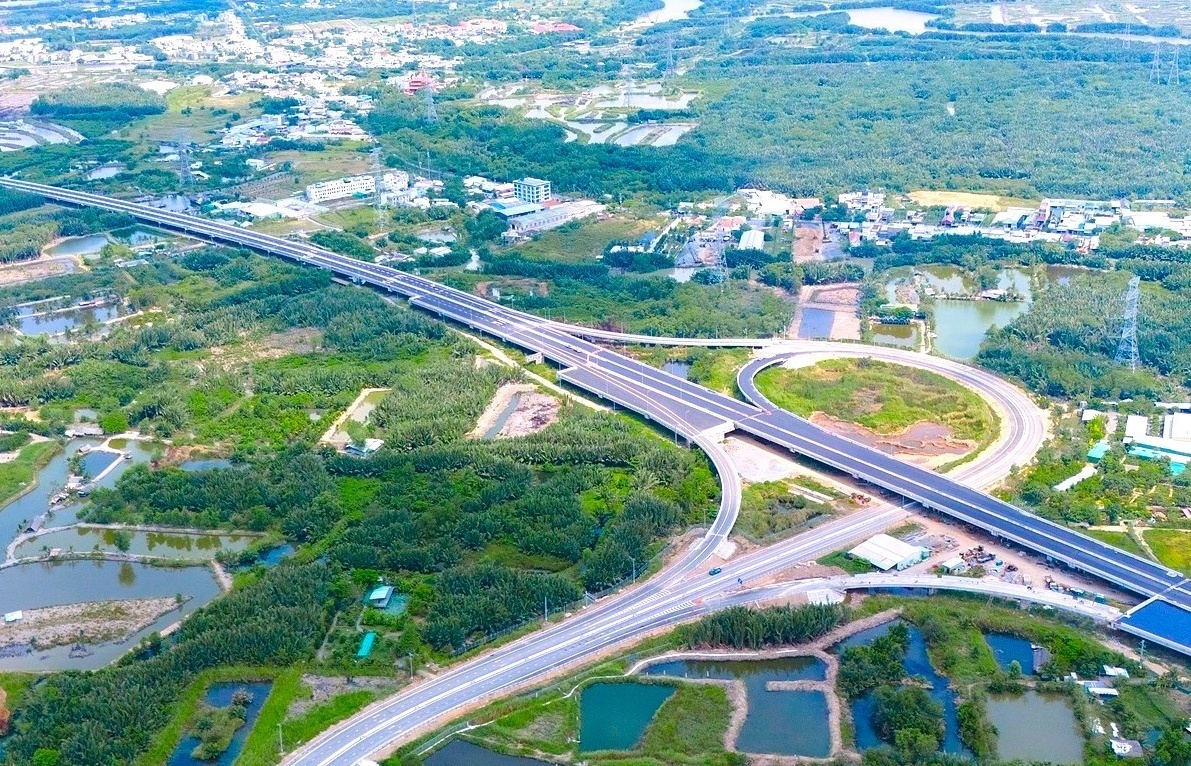
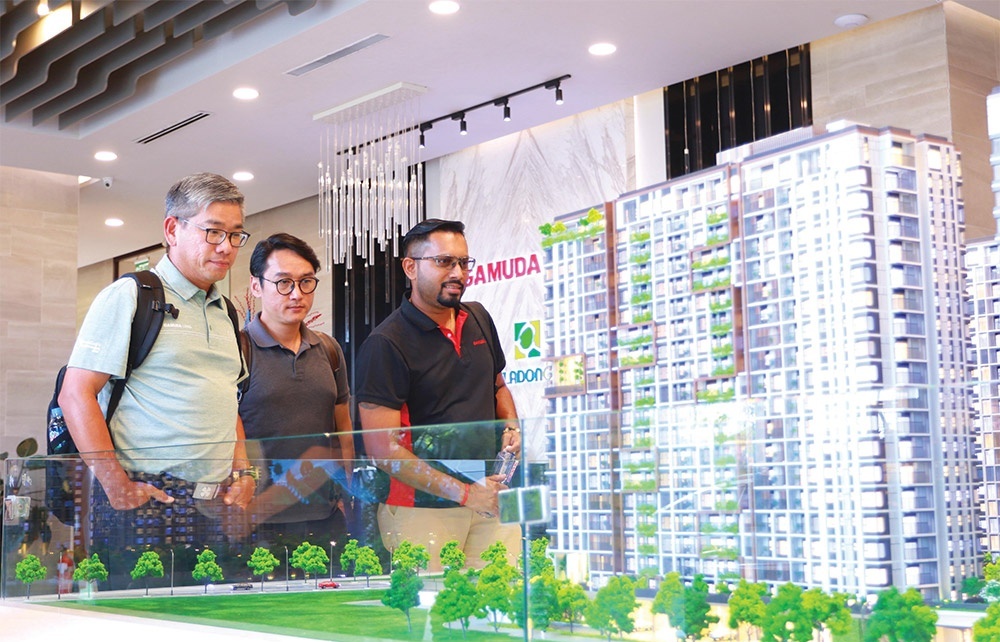
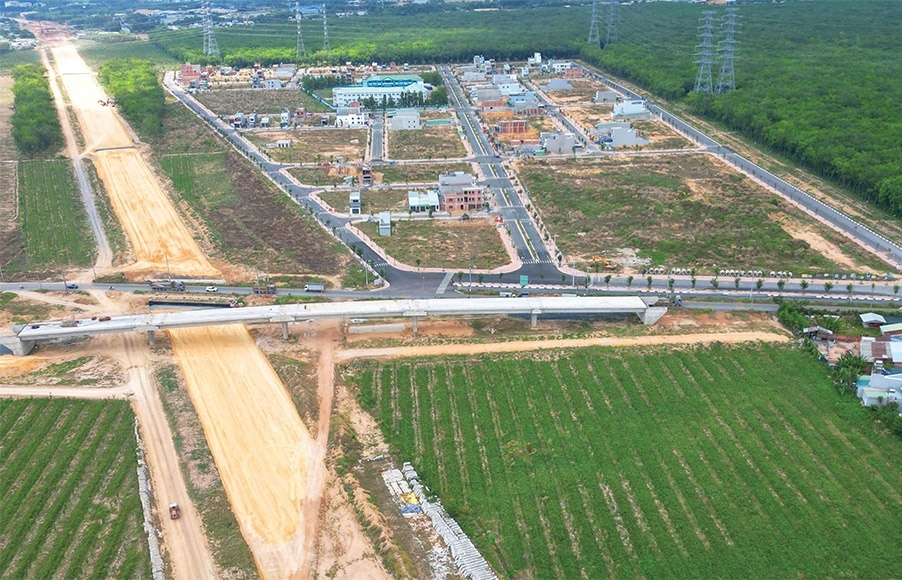
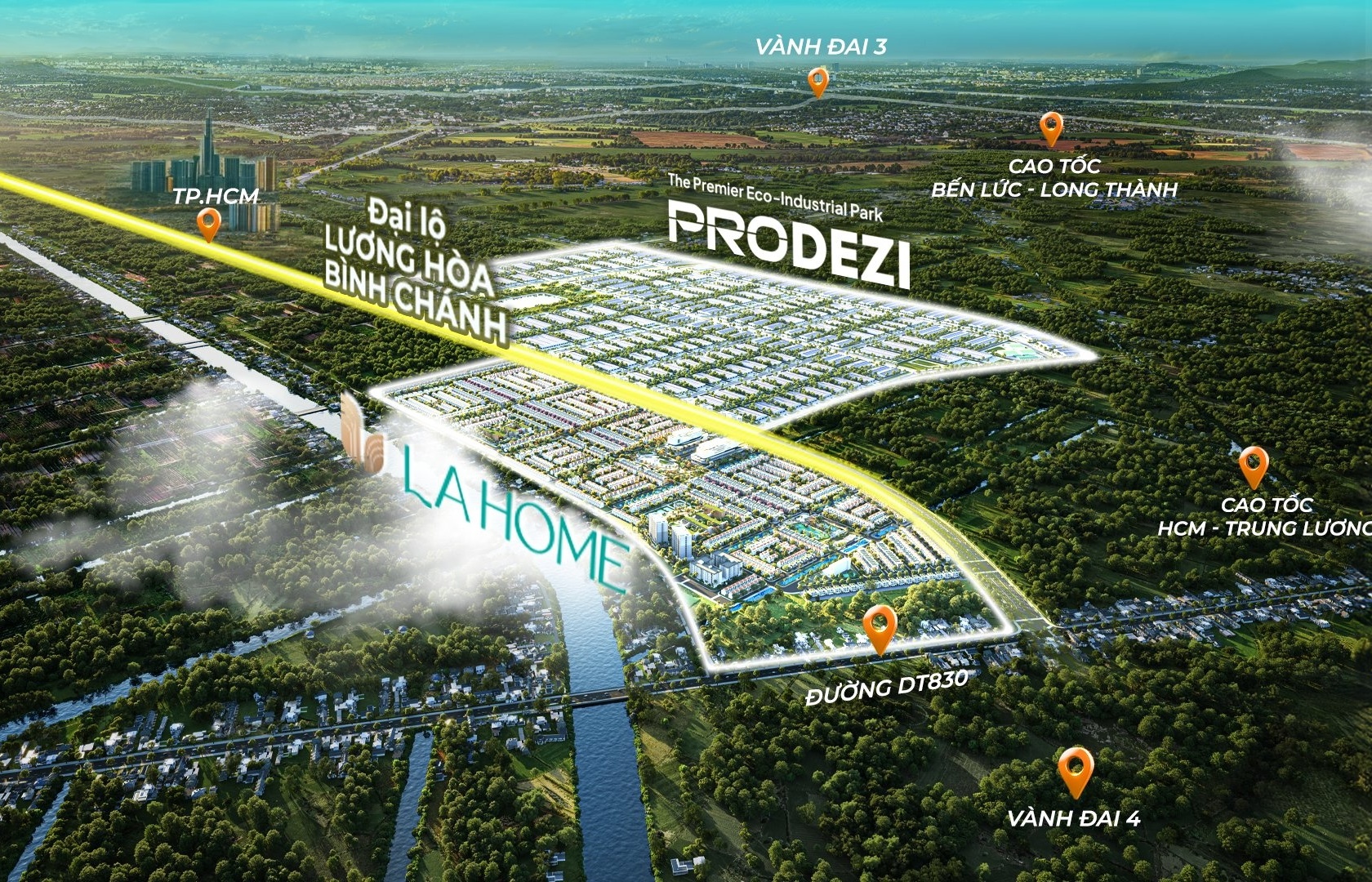
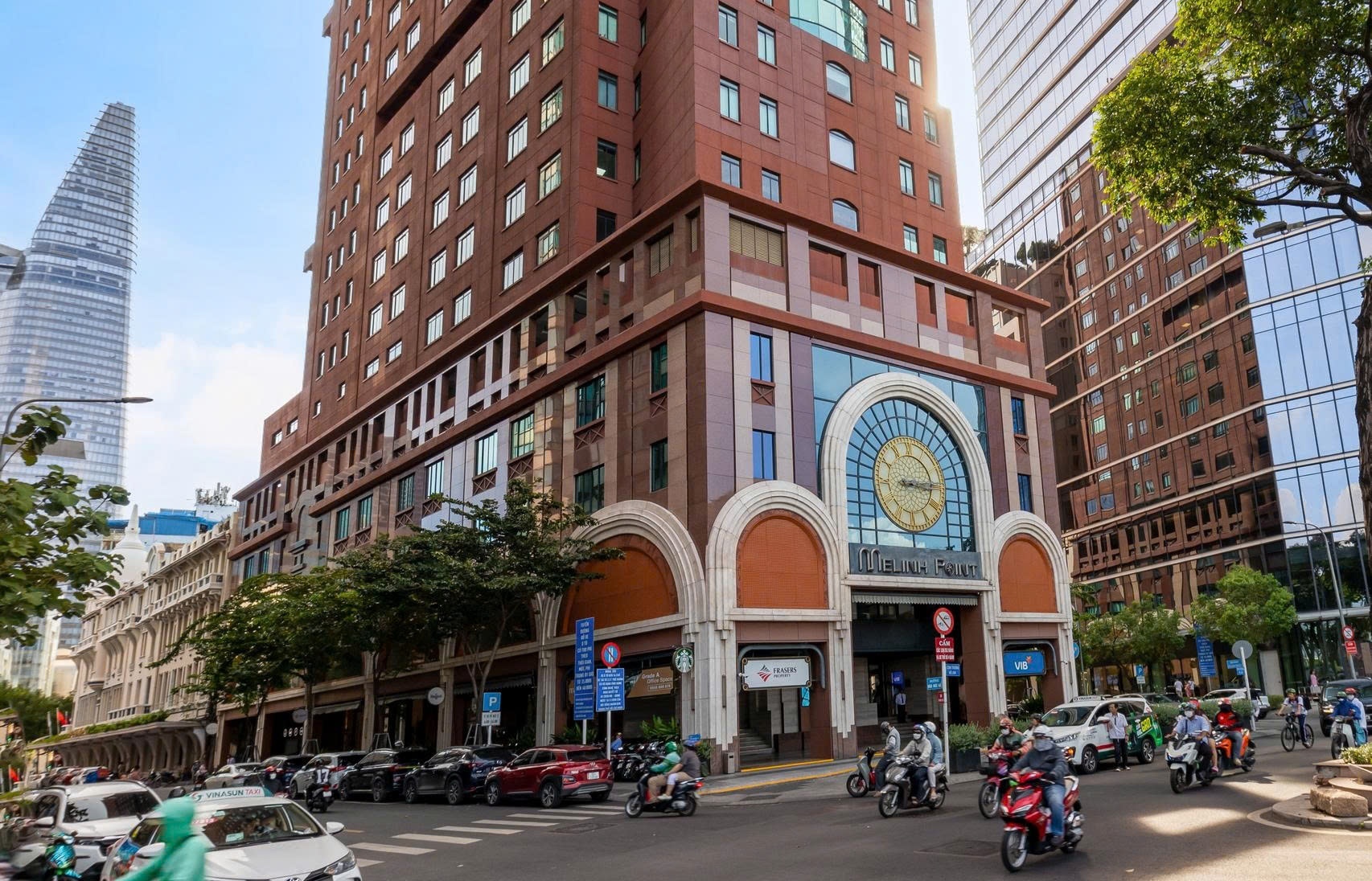
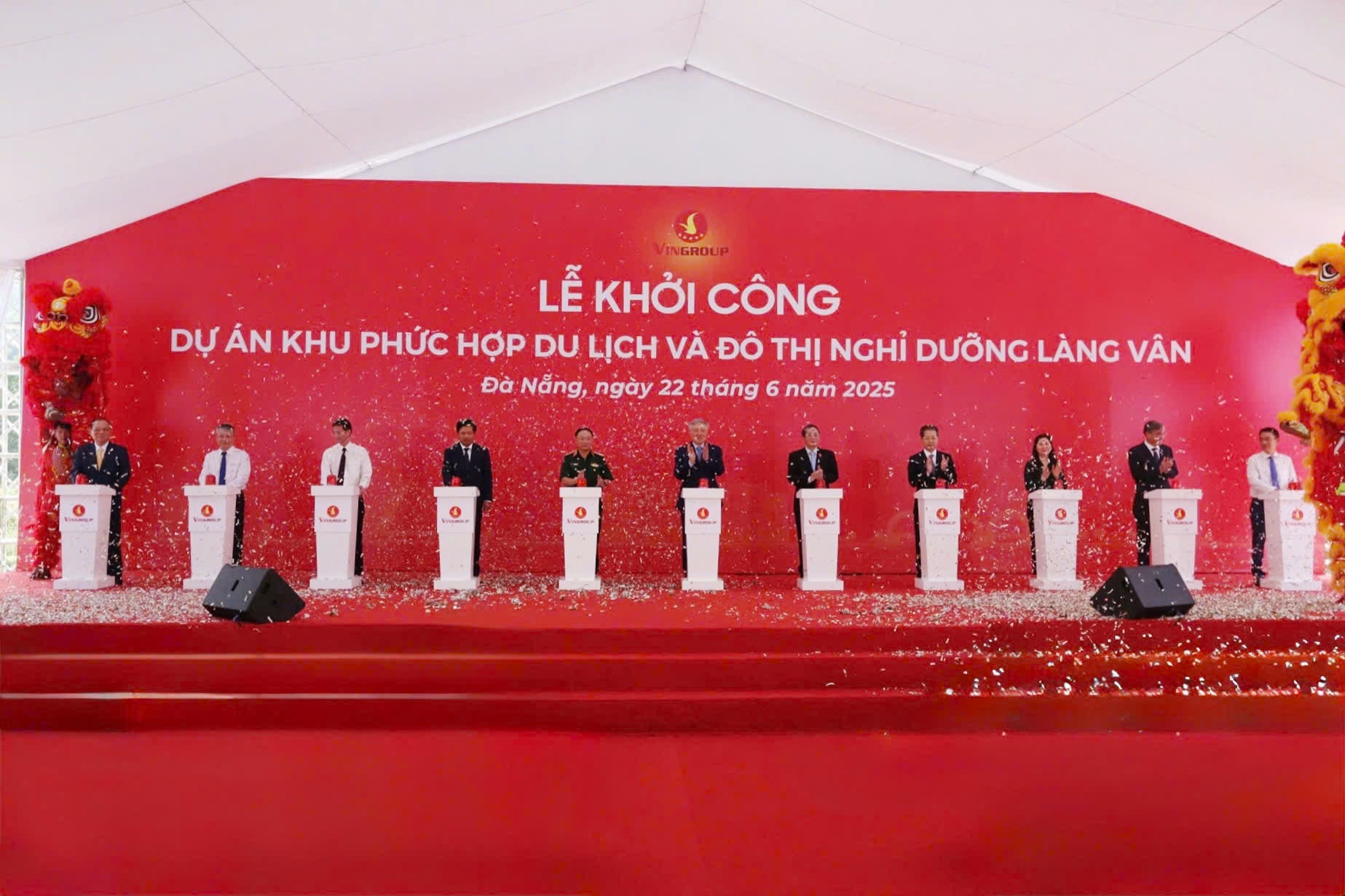


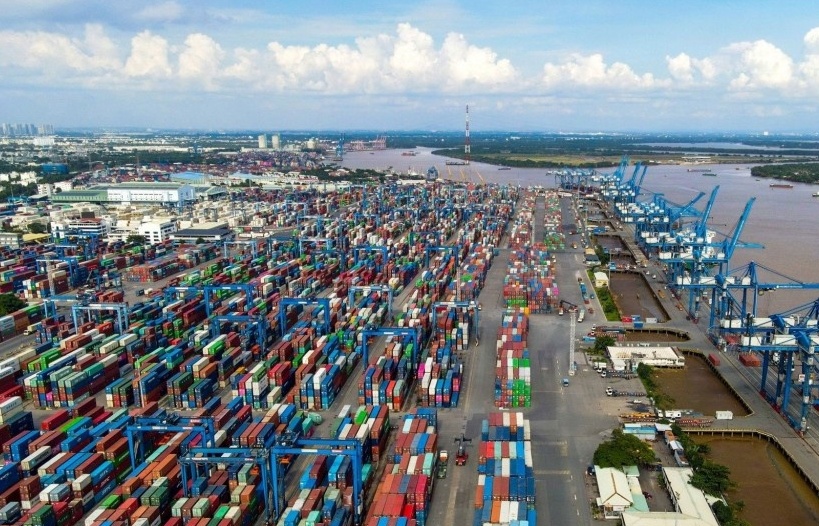
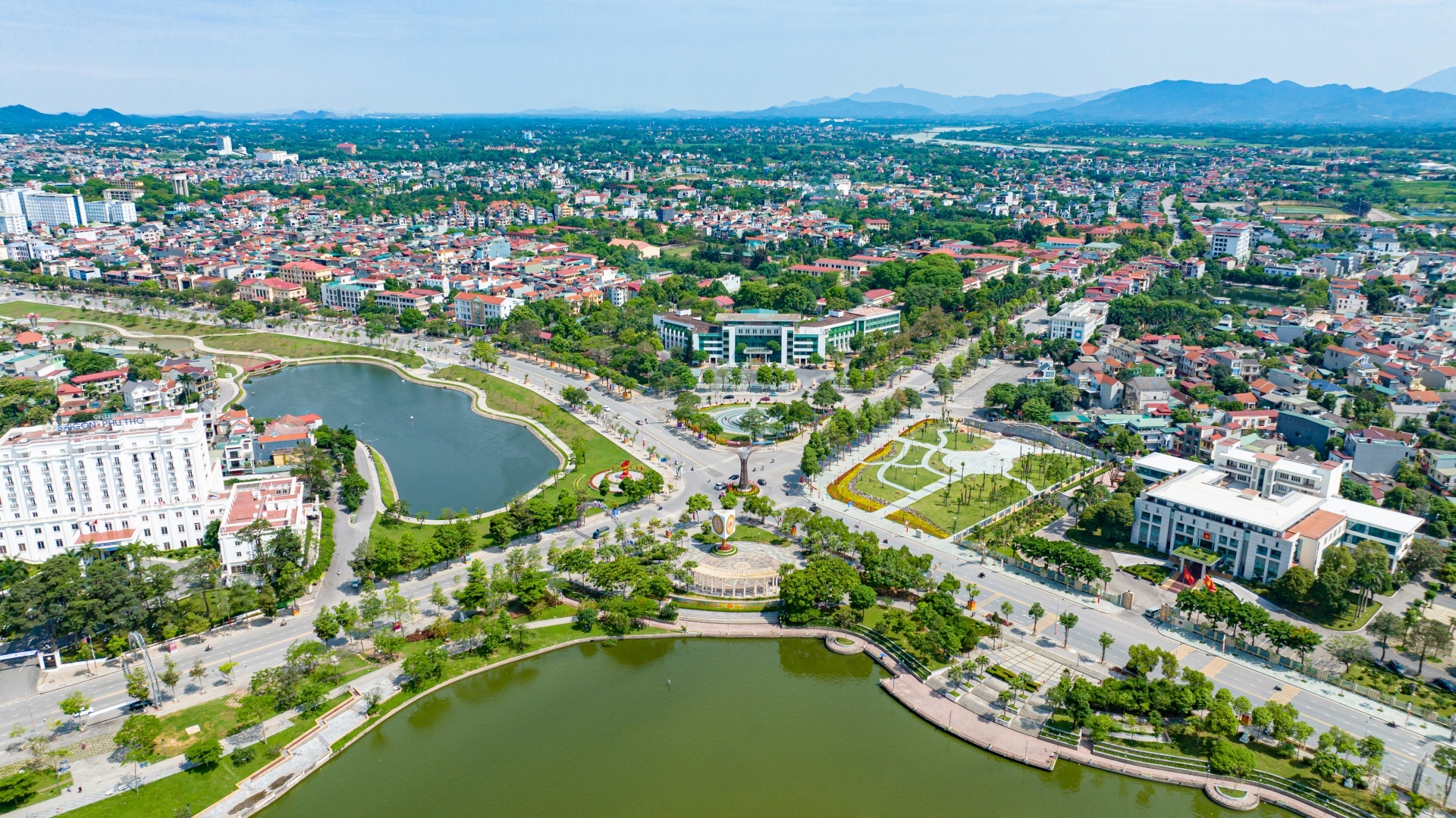
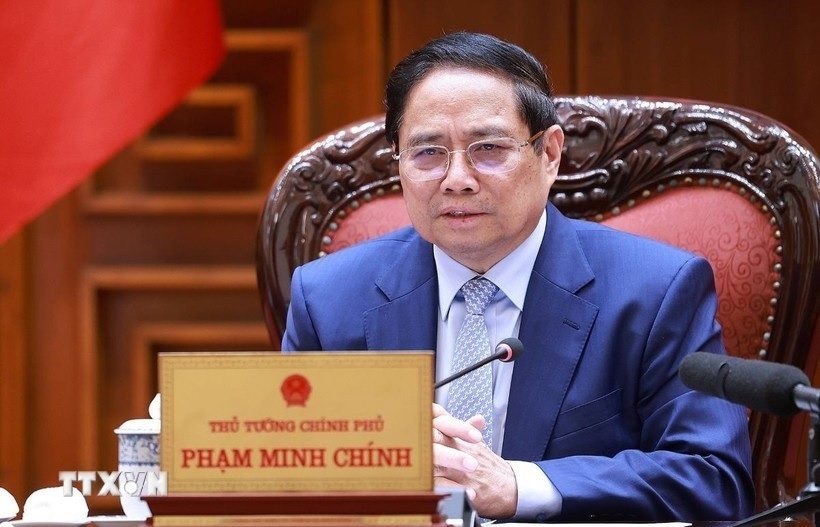



 Mobile Version
Mobile Version